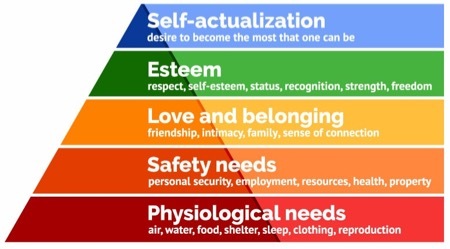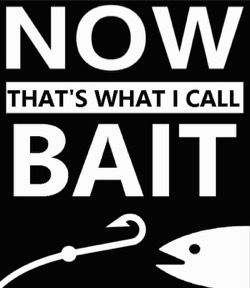- Joined
- Sep 3, 2014
- Messages
- 6,317
- Likes
- 13,295
- Degree
- 9

The entire game can be summed up like this:
You have a product to sell. This can be a physical product, a service offering, or even simply content you want eyeballs on.
You advertise to sell the product. You perform social media marketing, search engine optimization for organic exposure, you craft visual creatives for display ads, you write native editorials, etc.
The cardinal sin most everyone commits is to create the best product possible... and then doing nearly zero marketing. "It's so damn good! If you build it, people will come, right? Marketing is sleazy anyways, it's manipulative! I want people to like my product because it's good, not because I convinced them it's good."
You know which two groups are the most guilty of this idiocy ever? Programmers and musicians. Think about them and you'll understand the entire conundrum of the first cardinal sin.
The second cardinal sin, if you get past the first one, is to have the most piss poor sales copy the world has ever seen.
And that's what we're here to talk about today: sales copy and the art of writing it, which is called Copywriting. I put it in green because when you get it right, that's what your bank account will look like.
What is Copywriting?
Copywriting is the act of creating the most persuasive sales copy possible in relation to the specific product or service.
There's a LOT of information packed into that one sentence. We're going to deconstruct it, unpack it, unravel it, and explain not only why the best products fail, but why the best products succeed. This isn't going to be some old school 1950's Madison Avenue talk either. We're going to translate it to the current digital age.
Let's start with an example just to set the tone. Let's pretend you're at some kind of expo and two vendors are re-selling a brand new product from an unknown company. Take a guess who's going to get the most sales here, and justify to yourself why this is the case. Let's look at their poster boards hung up to get your attention.
Exhibit A:

Welcome to Computer Innovations, Incorporated's newest desktop computer:
- 27-inch Retina 5k display with 5120 by 2880 resolution
- 3.4 GHz quad-core Intel Core i5 (Turbo Boost to 3.8 GHz)
- 8 GB of 2400 MHz DDR4 RAM, configurable up to 32 GB
- 1 TB Fusion Drive with Radeon Pro 570 graphics card with 4 GB of VRAM
Inquire within about financing options.
Exhibit B:
We risked EVERYTHING to smuggle this back from the future! Cyborgs, Aliens, and even Dinosaurs (yes, Jurassic Park was a mistake) couldn't stop us from bringing the next evolution in computing to your home office. All. New. Everything. Neatly seated inside the monitor. Forget cable messes, forget not being a part of the cutting edge. Truly, is there anything this beast can't compute? Find out just how far we pushed it, just ask us for our exclusive stress testing results.
Who's making the bacon? Who's getting the sales? If you answered Exhibit B, you are correct, but why? These are the things we'll talk about in-depth below.But I won't leave you completely hanging. Just some of the reasons B Team is slaying it while A Team are twiddling their thumbs has to do with appealing to intellect versus emotion, creating an adventure, dynamic imagery, fear of missing out on a sense of belonging and superiority, a specific call to action, promoting benefits over features, and more.
Let's take a quick field trip before we move to the next section. Head to the BuSo Marketplace and sort the threads by number of views and replies. Open a few of the top threads and a few of the bottom threads, and guess what will become very apparent about who knows what about copywriting.
Let me tell you the biggest problem you'll find that I see everywhere, including our marketplace. The worst try to sell you on their features, because they have a solipsistic point of view. They only see the game from their side of the table and think the superiority of their product is enough to convince the potential customer. The reality is the customer doesn't give a shit about that. They want to know what you can do for them, not how it's done. What are the benefits?
I'm giving away too much to my competitors already. Moving on...







